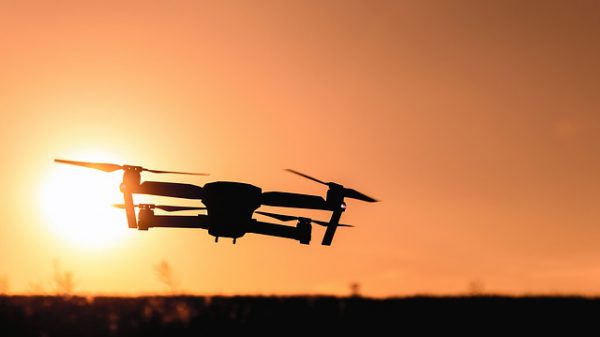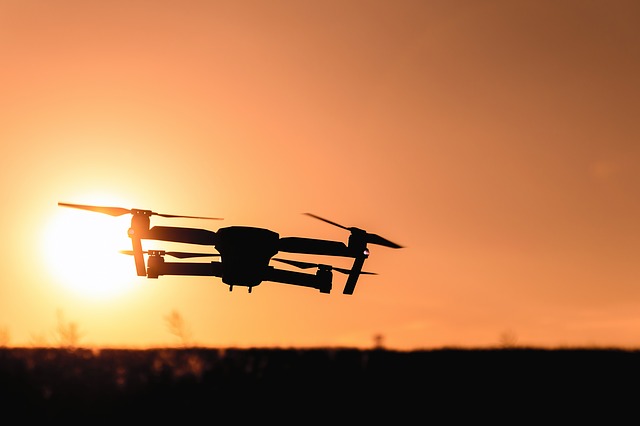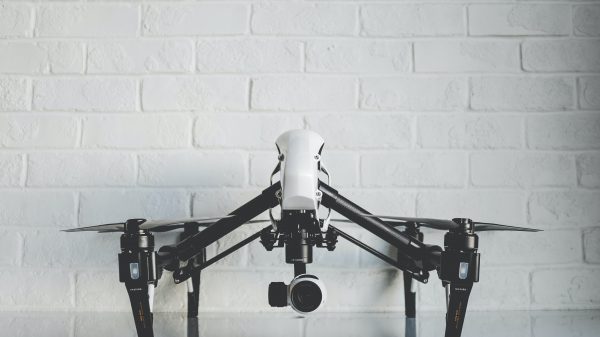The Ministry of Civil Aviation granted permission for drone operations across an additional 166 green zones or uncontrolled airpaces across the country, bringing the total to 232. The ministry has allowed “No-Permission-No-Takeoff’ (NPNT) compliant drone operations up to 400 ft above ground level (AGL) across these green zones, which do not need an Air Traffic Control (ATC) service.
The new green zones added to the list, are in the states of Andhra Pradesh, Chhattisgarh, Gujarat, Jharkhand, Madhya Pradesh, Maharashtra, Odisha, Punjab, Rajasthan, Tamil Nadu, Telangana, and Uttar Pradesh, according to a government order.
Drones compliant with the “no permission, no takeoff” NPNT)protocol will be able to fly in these airspaces. The order, signed by Amber Dubey who is joint secretary at the Civil Aviation Ministry, urged State governments to facilitate operations of NPNT-compliant drones to promote the growth of the industry in India.
s per the Directorate General of Civil Aviation, under “NPNT or ‘No Permission – No Take-off’ compliance, every remotely piloted aircraft (except Nano drones) has to obtain valid permission through the Digital Sky platform before operating in India. The framework mandates users to register on the online portal that acts as the national unmanned traffic management system for remotely piloted aircraft. Flying in these approved ‘green-zones’ will require only intimation of the time and location of the flights via the Digital Sky portal or the app.
Source: Ministry of Civil Aviation
Drone flights in the green zone sites shall be compliant with the Unmanned Aircraft System (UAS) Rules, 2021 and other relevant orders/ guidelines issued by the Ministry of Civil Aviation, a release by Press India Bureau said. In February, Twenty six more green zones were approved for compliant drones to fly in India, as per an order by the Civil Aviation Ministry.
More than 70% of airspace greenlit
In August 2020, the Ministry said that nearly 70% of India’s airspace has been greenlit for compliant drones to fly in. This included both green zones and yellow zones (controlled airspace). The remaining 30% of the airspace is demarcated as a red zone, which is considered a restricted airspace due to its sensitivity. In this zone, drones can fly but with special permission from security agencies.
These developments come at a time when the Ministry of Civil Aviation has been introducing several measures in an apparent attempt to streamline the still-developing drone landscape in the country. Earlier this month, the Indian government permitted 20 entities to conduct beyond-the-line-of-sight drone operation, which allows drones to be operated remotely without having to be manoeuvred by looking at it.
In May, the government allowed State governments and academia to apply for BVLOS operations. Earlier it was allowed in an experimental basis to drone consortia, comprising of 10 companies across the country as part of a regulatory sandbox.
Also read
- Government approves more ‘green zones’ for drones to fly over
- Exclusive: Centre allows State govts, academia to apply for beyond line-of-sight drone operations
















